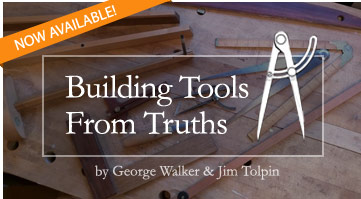Blog > Artisan Geometry
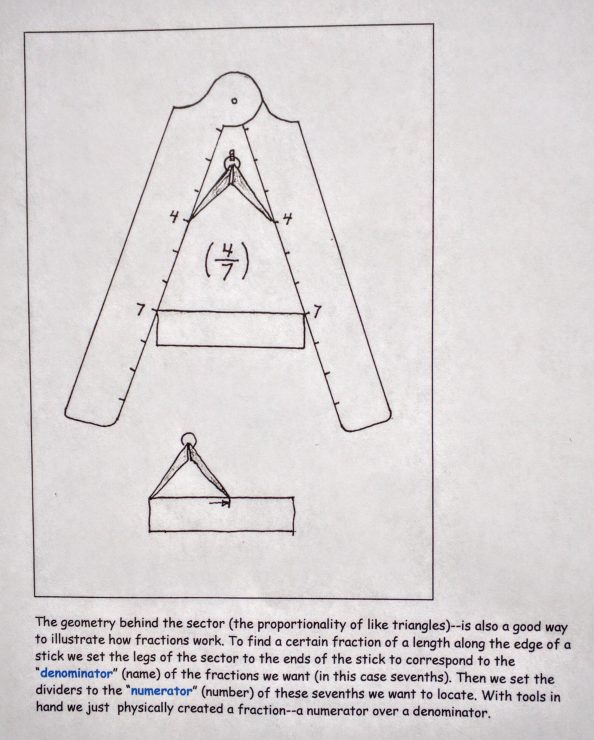
Fractions in a fraction of the time
Here’s a page from a forthcoming book I’m working on about the core geometric truths (first principles) that underlie–and led to the development of– all our layout tools,…
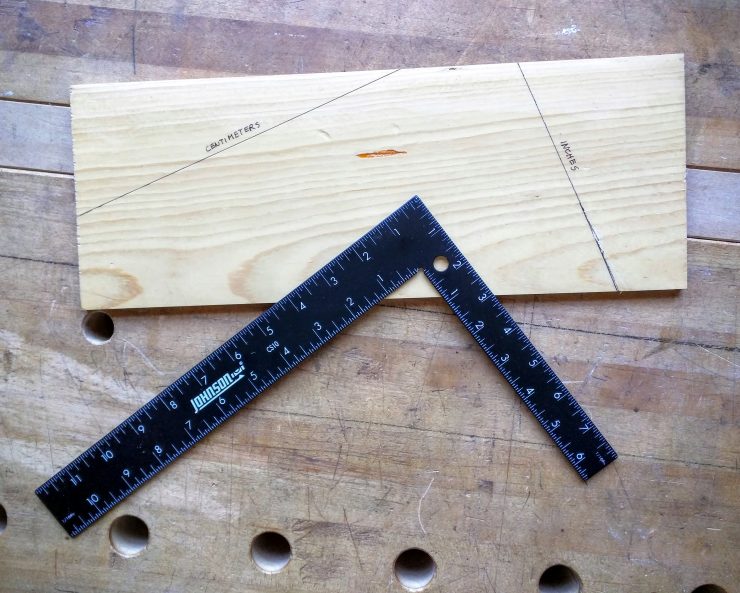
Old School Framing Square Trick #1
One of the primary uses of the framing square is to create slope lines for calculating unknowns--not necessarily in all cases to high precision, but to get you…
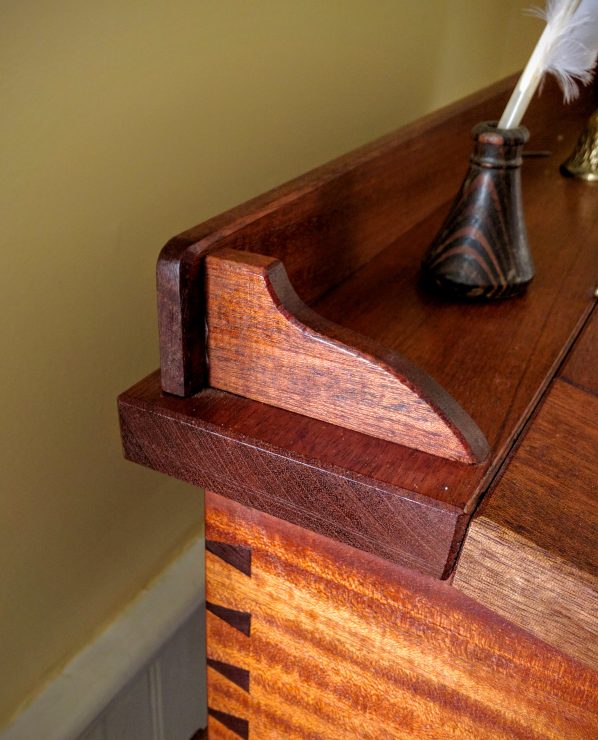
Sine Curves the Easy Way
To develop the curves in the various brackets--here the support for the back fence on the lid of a correspondence desk-- I followed the ancient practice of…
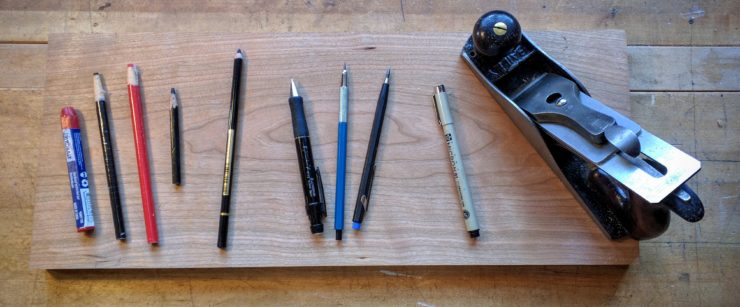
Mark Marks the Spot
In the last post I showed you the layout marking tools that not only marked points and lines, but made physical indications of divots or lines in the…
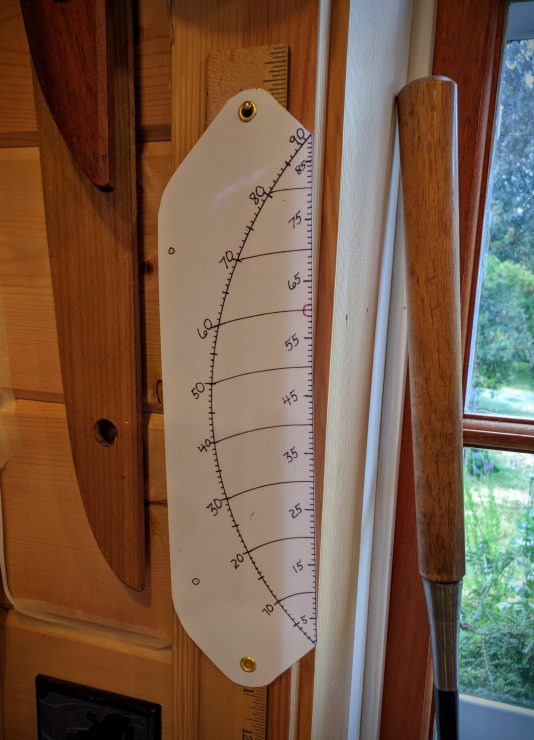
Scale of Chords Upgrade
After using the scale for a while, I decided to give it a few new features: Paper-rivet lined hang-up holes and two index points for setting the dividers…
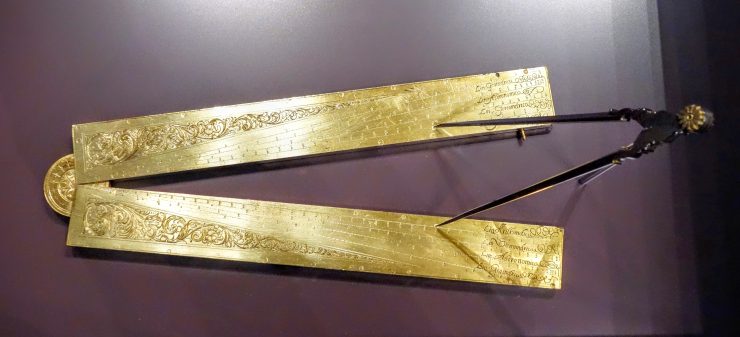
Hands-on Teaching Tool
Here's a page from a forthcoming pamphlet I'm working on about the geometric truths that underlie--and led to the development of-- all our layout tools, including (basically end…
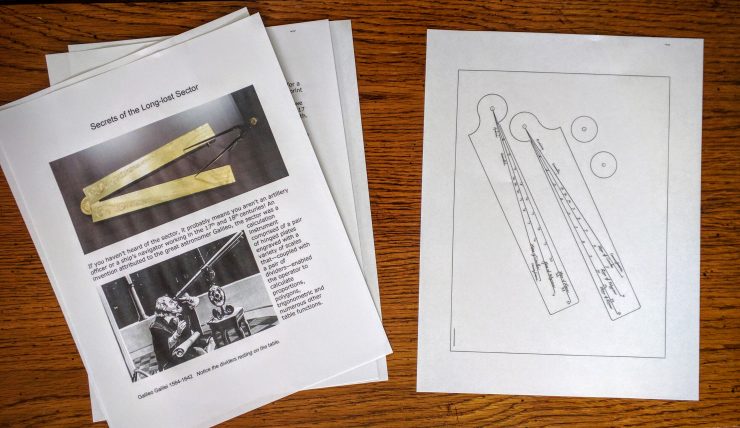
The Sector: For Free and For Sale!
If you haven’t heard of the sector, it probably means you aren’t an artillery officer or a ship’s navigator working in the 17th century! An invention attributed to…

Not all Dimensions Have or Need Numbers
Unless I'm setting up a machine, I rarely go to numerical dimensions to set up cutlines. Instead, I either hold the stock directly to the required "magnitude" as…
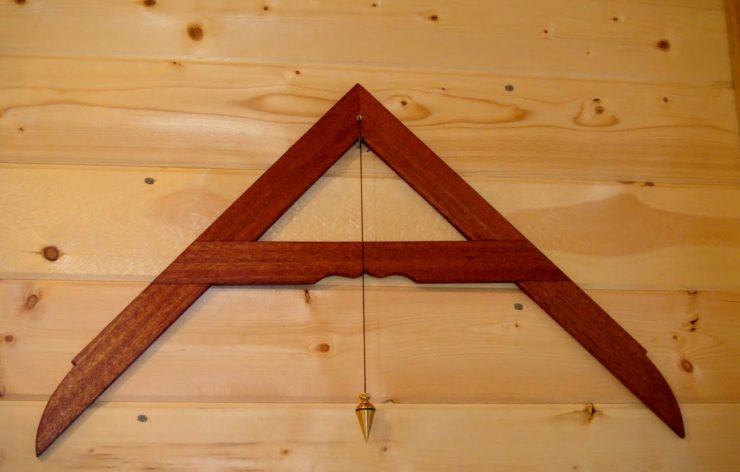
Libella vs. Laser
Been thinking about the Libella lately...the ancient leveling tool. Would it be as accurate as today's laser levels? No, probably not. The precision of the laser would…

Thanks Theodorus
Theodorus of Samos of a very long time ago in the golden age of the Grecian Geometers: Where would we be without you? Historians attribute him with the…


